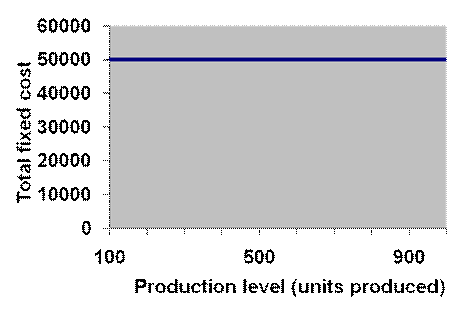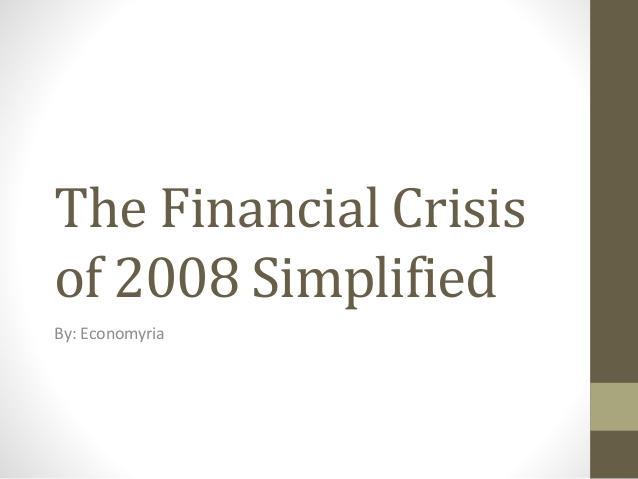
Doji and spinning tops show that buying and selling pressures are essentially equal, but there are differences between the two and how technical analysts read them. In terms of profit target, you can use previous swing highs for buy orders and swing lows for sell orders, or you can target three times what your risked. Conversely, if the double Doji pattern resolves in a breakdown below the support range, it could push Ether toward $1,400.

Now that we know some technical analysis concepts and questions to keep in mind, we will look at the various Doji chart types and discuss some ideas on how to trade them. A Gravestone Doji is a type of Doji candlestick, which is generally considered to be a bearish reversal signal. The Gravestone double doji pattern Doji has a long upper shadow and a small body, which is typically found at the top of an uptrend. While the Gravestone Doji can sometimes be found during a downtrend, it is more often seen as a sign that the current uptrend is losing steam and that a reversal may be imminent.
How to Spot a Double Doji Pattern
Additionally, this pattern appears when the supply and demand variables are in equilibrium. Additionally, this pattern shows up when buying and selling are almost equal. The Fisher_m11 on the other hand is a simple histogram indicator that isolates strength and the course of the trend and alerts changes in trend.
- BlackBull Markets is a reliable and well-respected trading platform that provides its customers with high-quality access to a wide range of asset groups.
- Therefore, one must always consider various tools and indications before responding to any signal.
- For instance, important support or resistance level touch can be perfect triggers with a Doji pattern combination.
- A double top has an ‘M’ shape and indicates a bearish reversal in trend.
- Candlestick charts can be used to discern quite a bit of information about market trends, sentiment, momentum, and volatility.
- If the price is in the middle of the trading range, and the shadows have equal length, such a candlestick is called Rickshaw.
Doji conveys a sense of indecision or tug-of-war between buyers and sellers. Prices move above and below the opening level during the session but close at or near the opening level. Neither bulls nor bears were able to gain control and a turning point could be developing. There are several types of Doji candles that can occur on a candlestick chart. Depending on where the Doji occurs, each one provides different information to the trader.
TradingView
If these two criteria are met, then you can look to enter a short position at the retest of the neckline as resistance. Your stop loss should be placed just above resistance, after the price has retested the neckline. A green close in the stock market indicates that prices have risen over the course of the day and suggests that an upward rally may be forthcoming. A red close, on the other hand, indicates that prices have fallen during the day and suggests that weakness may be ahead. In general, the more complex and sophisticated your Doji trading strategy is, the more likely you are to make informed trading decisions. Just make sure you test what you’re doing if you don’t want to end up in a situation where your account balance is damaged.
What does 2 hammer candlestick mean?
The hammer candlestick is a bullish trading pattern that may indicate that a stock has reached its bottom and is positioned for trend reversal. Specifically, it indicates that sellers entered the market, pushing the price down, but were later outnumbered by buyers who drove the asset price up.
If the double doji appears in an upward trend alongside other bearish indicators, then this could signal potential bearish reversal. The first of these pairs consists of two standard doji candlesticks, which have equal-sized upper and lower shadows. In technical analysis, a single doji reflects market indecision, as neither the bulls nor bears are in control of the trend at that moment. Because of this indecisiveness, a doji represents a temporary trend pause and a potential precursor to an imminent trend reversal. The long shadow above the candlestick indicates price rejection from the key level. A doji (dо̄ji) is a name for a trading session in which a security has open and close levels that are virtually equal, as represented by a candle shape on a chart.
Long-Legged Doji
The Double Doji Candle pattern identifies potential price reversals. This article presents the Double Doji pattern and shows how to code a scanner in TradingView that detects it. A long-legged doji is very similar to standard doji in that the upper and lower shadows are of equal height.
However, when it appears in an uptrend, it requires additional confirmation by other candlestick patterns. A dragonfly doji has a long lower shadow, but the upper shadow is very short or absent, so it has a more bullish character. A gravestone candle chart formation is a bearish reversal pattern that consists of a long upper shadow, a small real body, and a long lower shadow. Technical indicators can be used to confirm the trend reversal, and a trade can be entered once the following candle closes below the gravestone candle’s closing price. A stop-loss can be placed at the highest level of the gravestone candle. The 2 Doji Candlesticks Forex Breakout Strategy is a popular trading strategy used in the forex market.
Doji Candle trading FAQs
Remember, it’s possible that the market was hesitant for a short period of time and then continued moving in the direction of the trend. Therefore, it’s extremely important to conduct a thorough analysis before closing a position. Traders could understand the market patterns based on when and where the Doji pattern appears.
What does double candle mean?
The two-candlestick pattern is a bearish candle followed by a larger bullish candle. The reason this is an indicator for an uptrend is that bulls are showing more strength than bears. The change in strength with the bulls shows a reversal of momentum that will likely continue into the future.
By the end of the trading session, it is clear that the stock price will continue declining. However, one can open a position during the formation of the gravestone doji, close to the end of the trading session. In addition, there is a type of candlestick with a small body and one or two very long shadows.
Is a double bottom bullish?
A double bottom will typically indicate a bullish reversal which provides an opportunity for investors to obtain profits from a bullish rally. After a double bottom, common trading strategies include long positions that will profit from a rising security price.